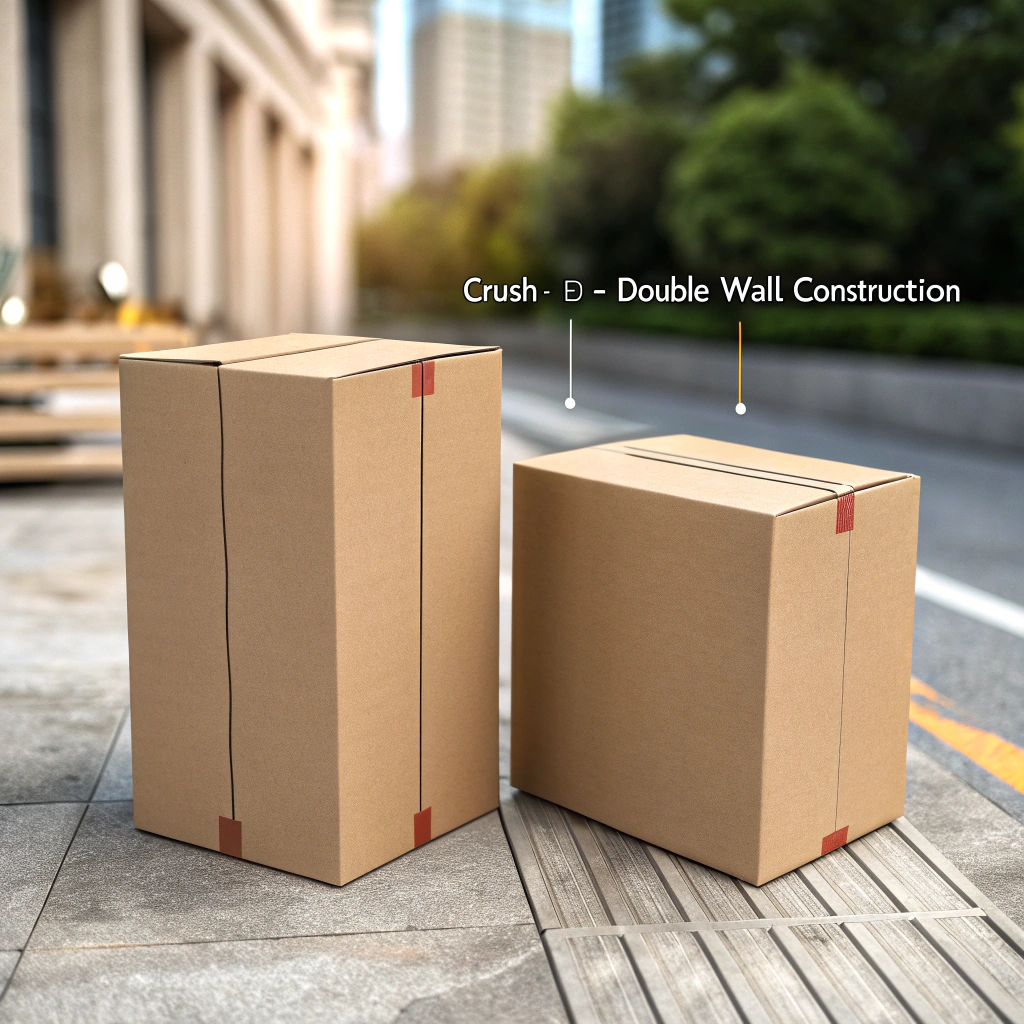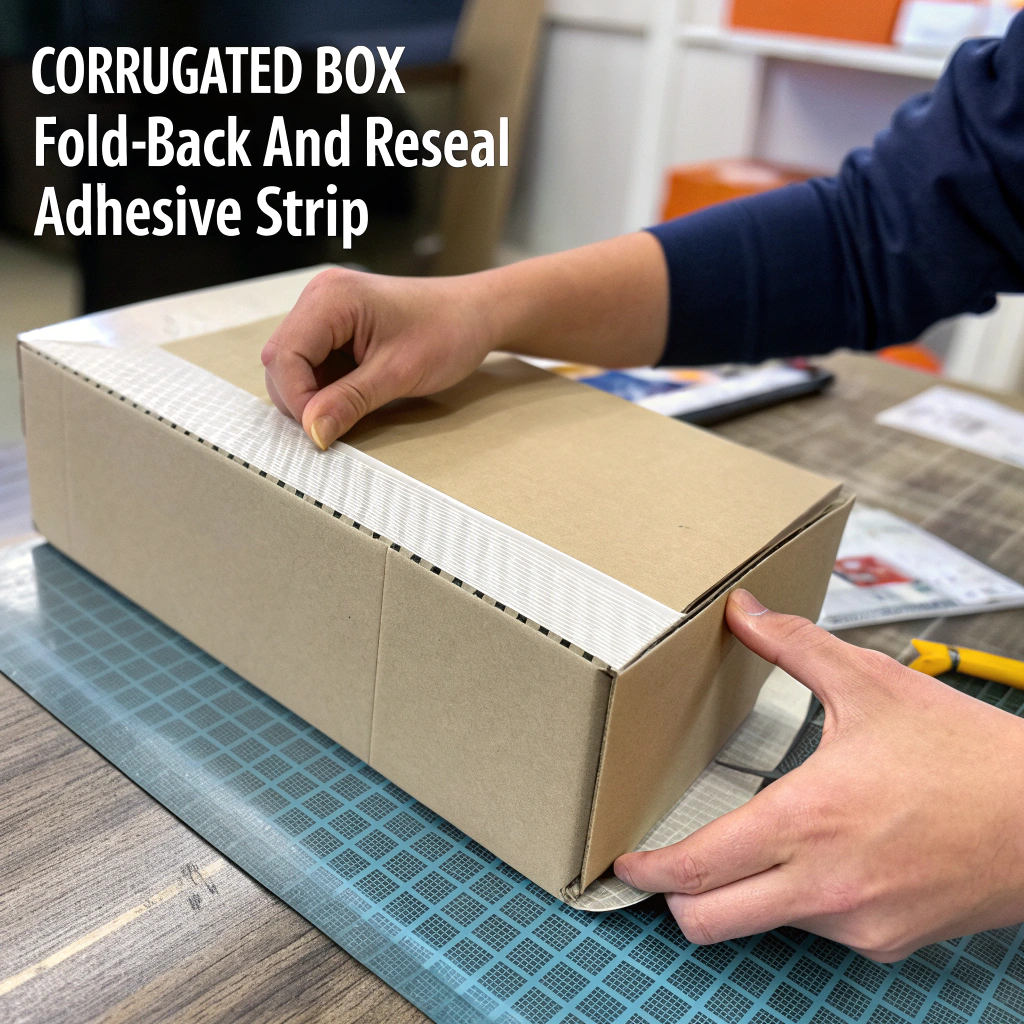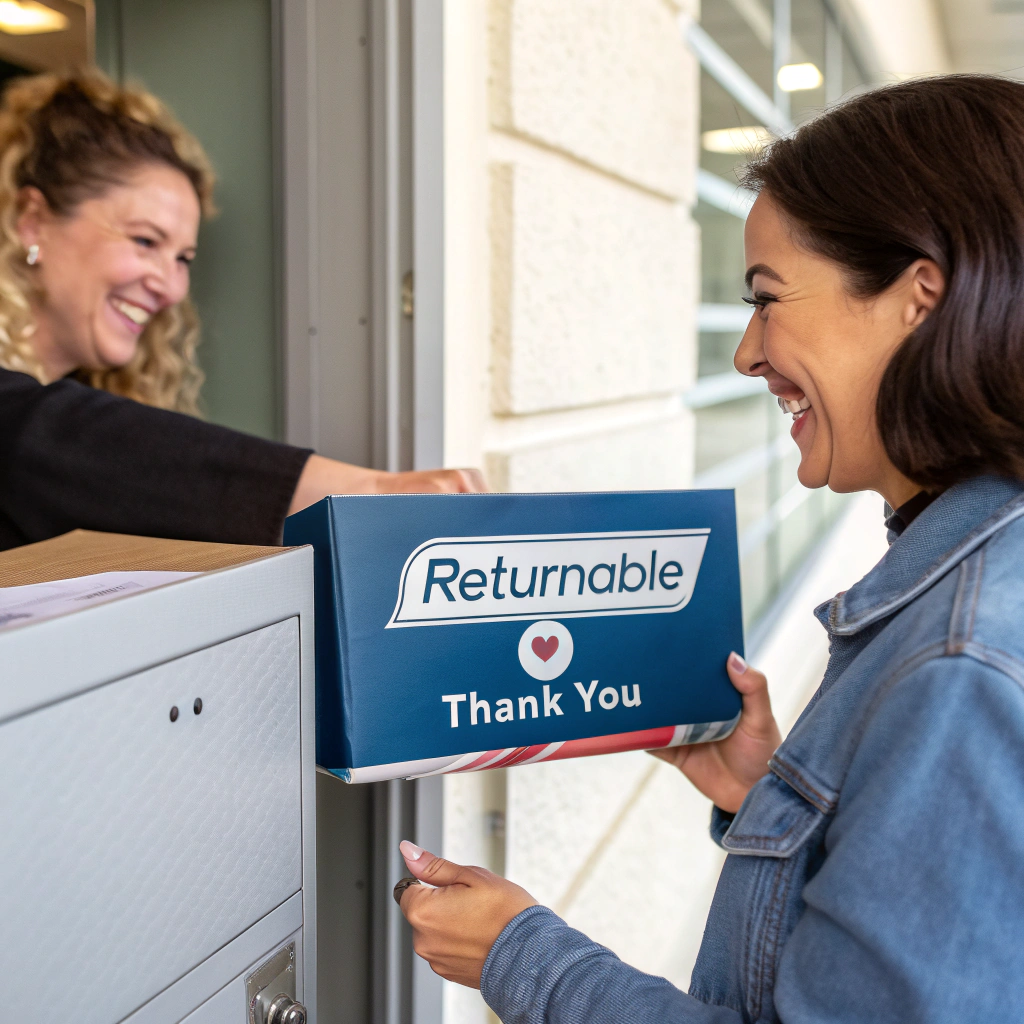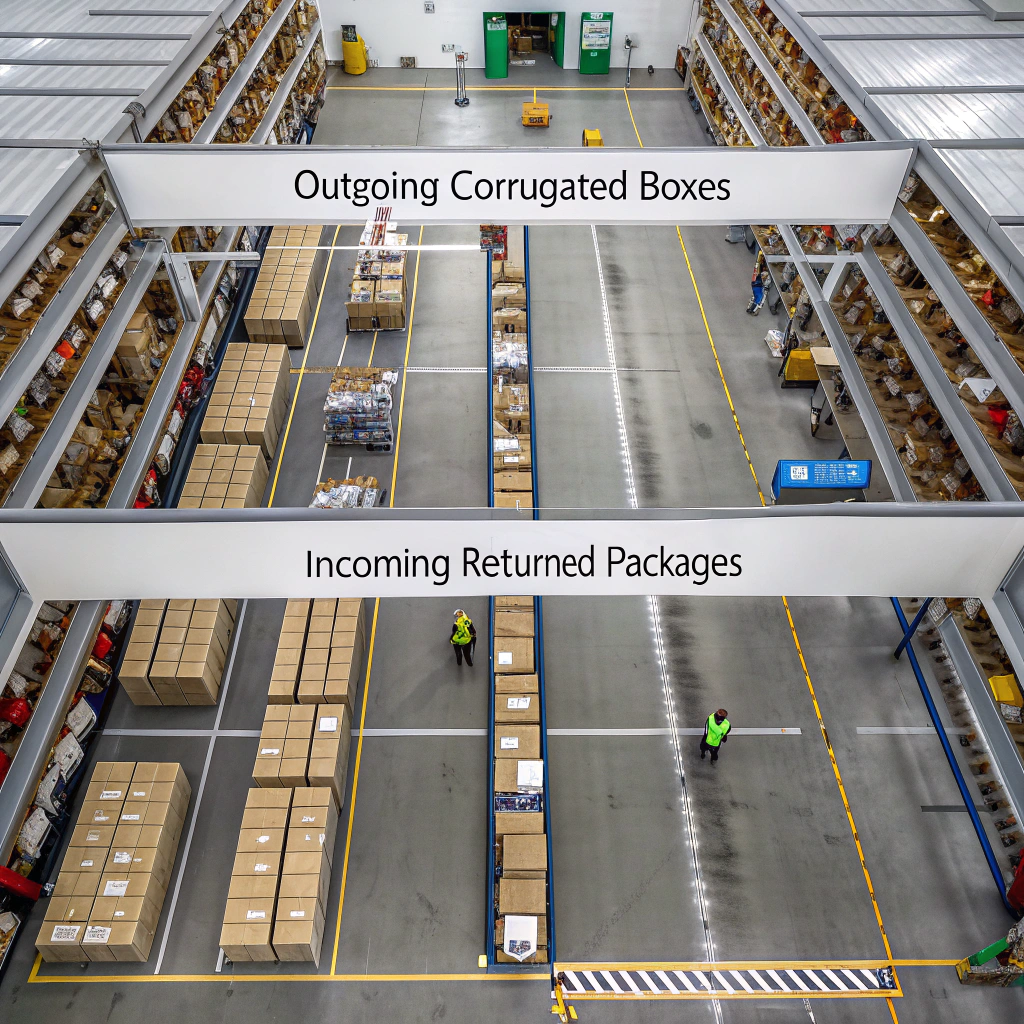Mail-Back Loops 101: Designing Corrugated Shippers You Actually Want Returned
Sustainable packaging isn’t just about using recycled materials—it’s also about closing the loop. One increasingly popular strategy is implementing mail-back loops, where customers return packaging for reuse or recycling. But the success of this system depends heavily on the design of the shipper itself.
If you want customers to participate, your corrugated packaging must be easy to return, attractive, durable, and carry a clear incentive. Here’s how to make it happen.
1. Design for Durability and Reuse
Corrugated mailers meant for return trips must withstand double the mileage. This requires:
-
Double-wall or reinforced fluting (e.g., B+C flute)
-
Edge crush resistance (ECT) above 44
-
Tear-resistant coatings or water-based varnishes

Reinforced corrugated boxes reduce damage during multi-trip logistics.
2. Use Return-Friendly Closures
Make it easy for customers to seal the package without tape. That means:
-
Resealable tear strips
-
Fold-in flaps with locking tabs
-
Velcro-like adhesives or press-and-seal strips
These not only improve the user experience, but also reduce waste.

Integrated closures simplify the return process for customers.
3. Include Return Instructions Inside the Box
You can’t expect customers to figure it out on their own. Every returnable shipper should include:
-
Simple visual instructions
-
A QR code linking to the return portal
-
Prepaid return label or digital download instructions
Consider printing these inside the lid to ensure visibility.

Clear instructions inside the box guide users through the return process.
4. Make It Beautiful (Yes, Really)
Looks matter—even in return logistics. A beautifully branded box increases the odds that customers will hold onto it, reuse it, or feel more comfortable returning it. Think:
-
Minimalist branding with eco-tone colors
-
“Return me!” messages that add personality
-
Reverse-side graphics only visible once opened

Aesthetically pleasing returnable boxes encourage participation and brand recall.
5. Add a Reason to Return
This is the behavioral nudge. Offer a meaningful reward to motivate returns:
-
Discount codes on next order
-
Loyalty points
-
Donations to a cause per returned box
-
“Golden ticket” giveaways for random returns
Let users opt-in by scanning the QR code or including a simple tag with their return.

Incentives—like discounts or donations—boost return rates in closed-loop systems.
6. Plan Your Logistics Carefully
Mail-back success depends on reverse logistics readiness:
-
Partner with carriers that offer low-cost return rates
-
Design your warehouse to accept and sort incoming boxes
-
Track participation data to optimize incentives and box designs
Start with a pilot program, test results, and scale gradually.

A well-organized return system keeps costs low and reuse efficient.
Final Thoughts
Designing a mail-back corrugated shipper isn’t just about function—it’s about strategy. A well-thought-out system delights your customers, improves your environmental impact, and strengthens your brand’s commitment to circularity.
If you’re exploring a returnable packaging model, we can help.
👉 Contact us to get started with a custom packaging audit.

